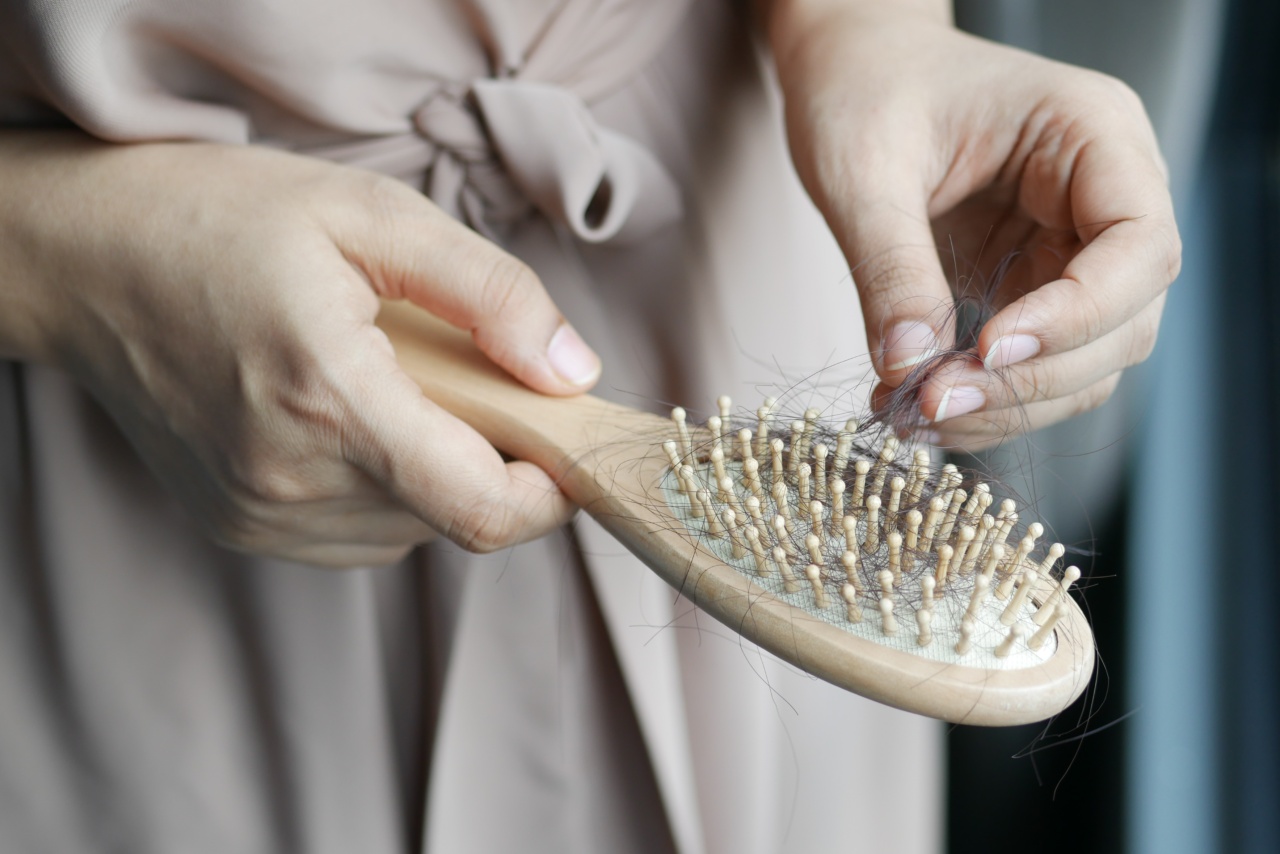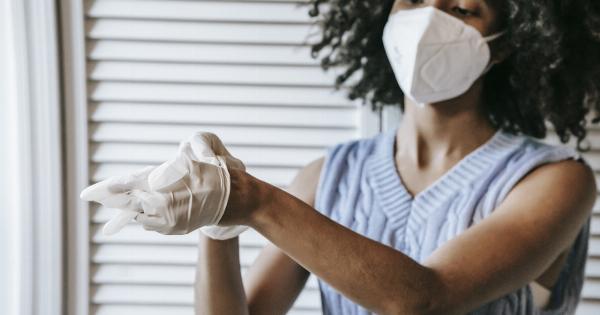While the practice of removing pubic hair has become more popular in recent years, it is not without its risks. Both men and women are at risk of experiencing negative side effects when removing their pubic hair.
In this article, we will explore the potential dangers of removing pubic hair and what you can do to minimize your risk.
1. Skin Irritation
Removing pubic hair can cause skin irritation, especially if the area is not properly prepared or if you use harsh products. Shaving or waxing can cause redness, itching, and even swelling. Ingrown hairs can also form, which can be painful and unsightly.
2. Infections
Removing pubic hair can increase your risk of infections. Bacteria and viruses can enter the hair follicles or open pores that result from shaving or waxing.
These infections can range from mild to severe and can cause pain, itching, and even pus-filled blisters. It is especially important to be mindful of this risk if you have a weakened immune system.
3. Chemical Burns
If you use a depilatory cream to remove pubic hair, you run the risk of developing chemical burns. These burns can be quite painful and may take a long time to heal.
Always read the instructions carefully and do a patch test before applying any new product to your pubic area.
4. Allergic Reactions
Some people are allergic to certain hair removal products such as waxes, creams or even pubic hair dye. This can result in redness, itching, and even hives or blisters.
Always read the ingredient list carefully and do a patch test before using any new product for hair removal.
5. Pain
Removing pubic hair can be painful, especially if you are using waxing or threading. Some people describe the pain as similar to a rubber band snapping against the skin. Additionally, if you are prone to ingrown hairs, these can be quite painful as well.
6. The Risk of Cuts
Using a razor to remove pubic hair can increase your risk of cuts or nicks to the skin. These cuts can lead to infections and may require medical attention if they are deep or do not stop bleeding.
Always use a clean, sharp razor and be careful when shaving around sensitive areas.
7. Psychological Effects
Frequent hair removal can also have psychological effects.
Studies have shown that people who remove their pubic hair regularly may experience feelings of self-consciousness, embarrassment, and shame if they are unable to maintain their routine hair removal. Additionally, some people may feel pressure to conform to cultural norms surrounding pubic hair removal.
8. The Risk of STDs
While pubic hair removal itself does not increase your risk of contracting sexually transmitted infections (STIs), it can make it easier for viruses and bacteria to enter the body and increase the risk of transmission.
This can happen when the skin is irritated, or when cuts or nicks are present.
9. Negative Effects of Waxing
Waxing can cause negative side effects on your skin, such as burns, blisters, and scarring. If you repeatedly wax the same area, the hair follicles can become damaged. This can cause the hair to grow back less regularly or grow under the skin.
Waxing can also lead to inflammation, ingrown hairs, and infection.
10. Regrowth Issues
Finally, there is the issue of regrowth. If you choose to remove your pubic hair regularly, you will need to repeat the process every few weeks. This can be time-consuming and expensive, and may not be sustainable for some people.
Additionally, if you experience regrowth issues such as ingrown hairs, this can exacerbate some of the negative side effects mentioned above.
Conclusion
While removing pubic hair may be appealing for some people, it is important to be aware of the potential dangers involved.
Skin irritation, infections, chemical burns, and allergic reactions are all possible side effects, as are the psychological effects of trying to maintain a routine hair removal regimen. By taking precautions such as following proper hygiene practices, avoiding harsh products, and being careful when using a razor, you can minimize your risk of experiencing negative side effects.






























